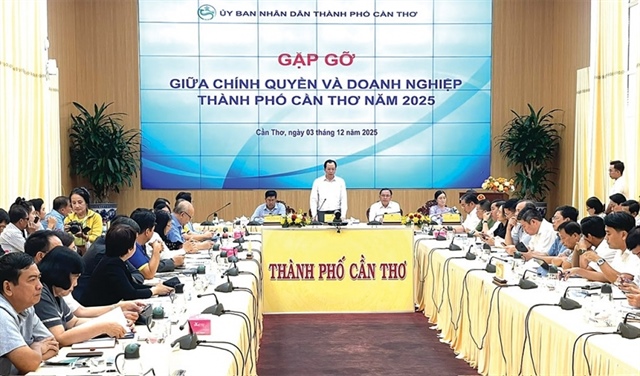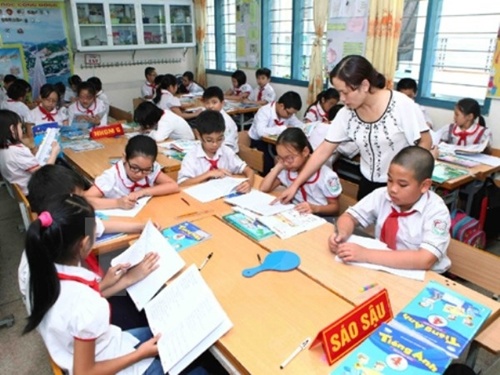Chinese arrivals aren't bringing good news for Vietnam tourism
Chinese arrivals aren't bringing good news for Vietnam tourism
An increasing number of Chinese nationals visiting several destinations in central Vietnam are distorting the tourism environment while adding little to the local coffers, industry insiders say.

The central city of Da Nang and the beach city of Nha Trang in the south-central province of Khanh Hoa, have emerged as favorable destinations amongst Chinese holidaymakers in 2016.
Chinese arrivals to Da Nang in the first half of this year topped 211,000, a solid 83 percent increase from the same period last year.
In Khanh Hoa, six-month tourist numbers from China reached 200,000, 4.5 times higher than the first half of last year.
While Khanh Hoa has always been a popular destination for tourists worldwide, the city’s upward trend in popularity amongst Chinese travelers is definitely noticeable, with four out of ten international visitors to Khanh Hoa being Chinese.
However, rather than use local tour guides, as required by law, Chinese visitors are being guided by their countrymen who are illegally working in the tourism industry and stealing jobs from locals – an act that local authorities in Da Nang and Khanh Hoa have admitted is quite difficult to mitigate, leading to several negative impacts on the local tourism sector.
Vietnamese destinations defamed
Cao Tri Dung, deputy chairman of the Vietnam Society of Travel Agents (VISTA) and chairman of the Da Nang travel society, said the Chinese are now fully in control of bringing their compatriots to Da Nang, instead of collaborating with local partners as they had before becoming familiarized with the market.
A big issues for local tour operators are the dirt cheap prices offered by Chinese tour organizers that free all costs from the tourists except airfare.
“For a package from Guangzhou to Da Nang, a travel firm would need to charge visitors $400 each to break even. Instead, firms are charging $200 and accepting the $200 loss per customer,” Dung said.
How will the tour organizer offset those losses? “Organizers will squeeze the remainder from their customers during the actual trip,” Dung explained.
“Rather than hire local tour guides, illegal Chinese guides take the tourists to shops where they are ripped off and the extra money goes into the pockets of the tour organizers and guides.”
The Chinese customers of these dishonest tour organizers are met with overcharged services, such as massages and seafood dining, and are taken to shops where souvenirs are sold for far more than market prices.
“A ticket to Ba Na Hills costs VND800,000 [US$35.71], but Chinese travel firms charge their customers VND2 million [$89] each,” Dung said.
Dung said all of the 19 international travel firms and the seven branches that exclusively serve Chinese tourists in Da Nang are in fact run by Chinese nationals.
Le Than Thanh Tung, deputy general director of Vitours, a Vietnamese travel agent, confirmed that the Chinese tour organizers will “only take visitors to shops run by their affiliates to make up for tour packages sold at a loss,” leading to false impressions of Da Nang.
“They are not taken to the beautiful attractions here, but instead to rip-off shops, which will leave them with bad thoughts of the city,” he said.
Another problem brought by the China-only tourist groups is that they mostly pay in cash and in Chinese currency, making it hard for the local tax officials to oversee.
Last year Da Nang welcomed nearly 600,000 visitors from China and South Korea, but the taxes collected from them were modest. The city should have been able to add up to $3 million to its coffers if every visitor paid the $5 tax, but last year Da Nang only generated VND2 billion ($89,000) from these tourists.
Tung added that the Chinese try to leave Vietnamese tour guides out of the game, fearing the local tour leaders may divulge their rip-off tricks.
Tran Tra, chairman of the tour guide club of Da Nang, said many illegal Chinese tour guides give distorted information about Vietnamese history and culture to their compatriot tourists.




















